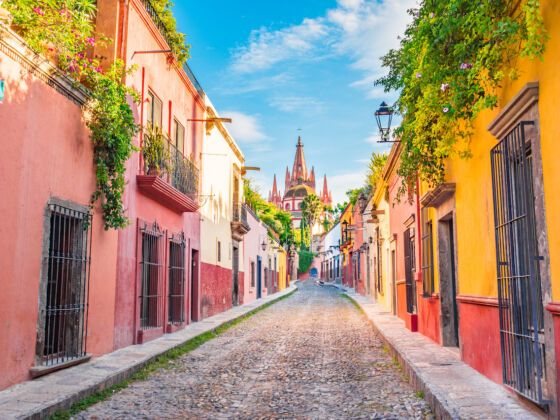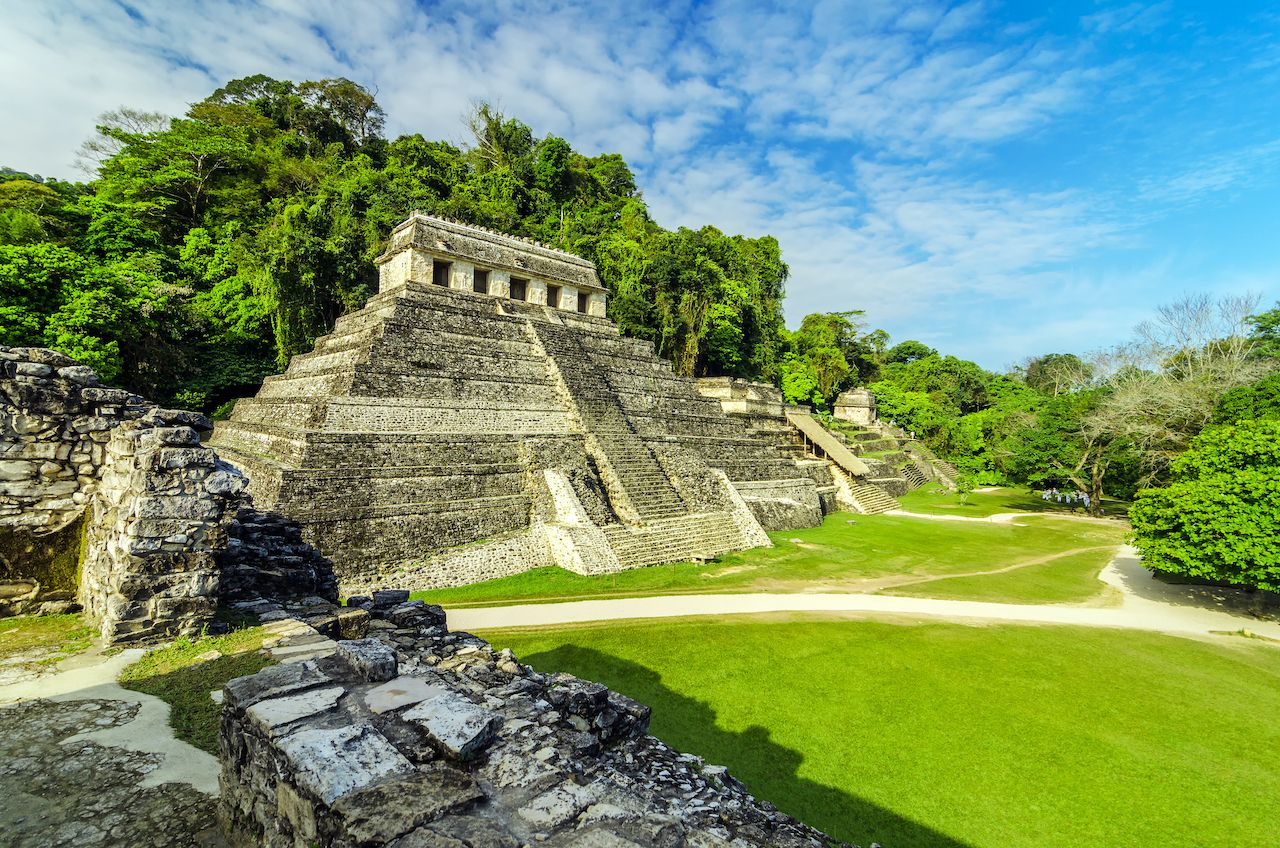IN 2008, WHEN I told a good friend of mine, whose mother is Mexican, that I was planning a five-week stay in Mexico City, his response was something along the lines of a sardonic, “Good luck.”
This attitude wasn’t based on any firsthand experience — to my knowledge, he’d never spent time in the DF, and it’d been years since he’d been in-country. But I’m sure his knee-jerk parade-raining is what I would’ve gotten from the majority of the US population, who for years have grown accustomed to the media narrative of “Mexico, land of kidnappings and cartels.”




